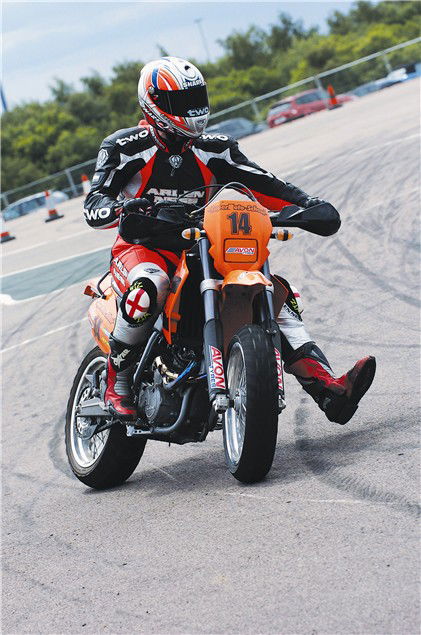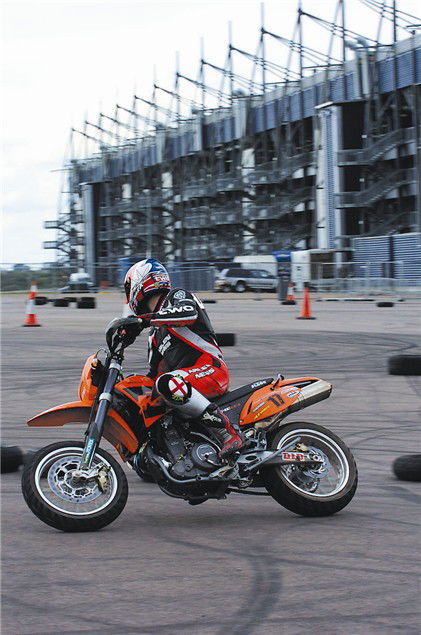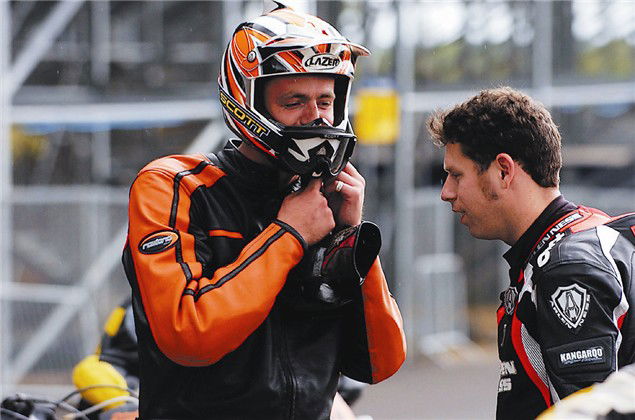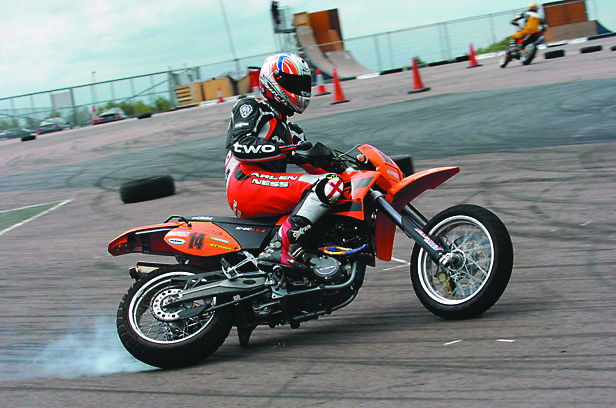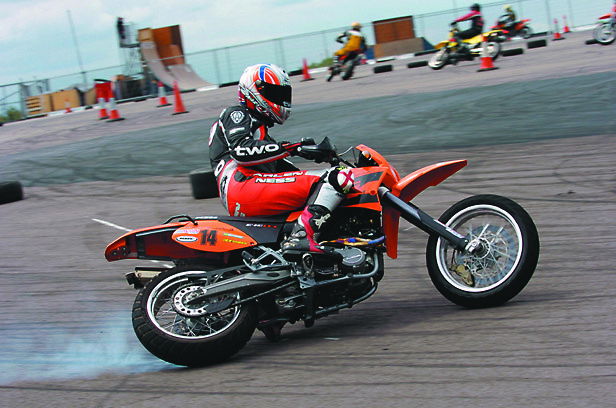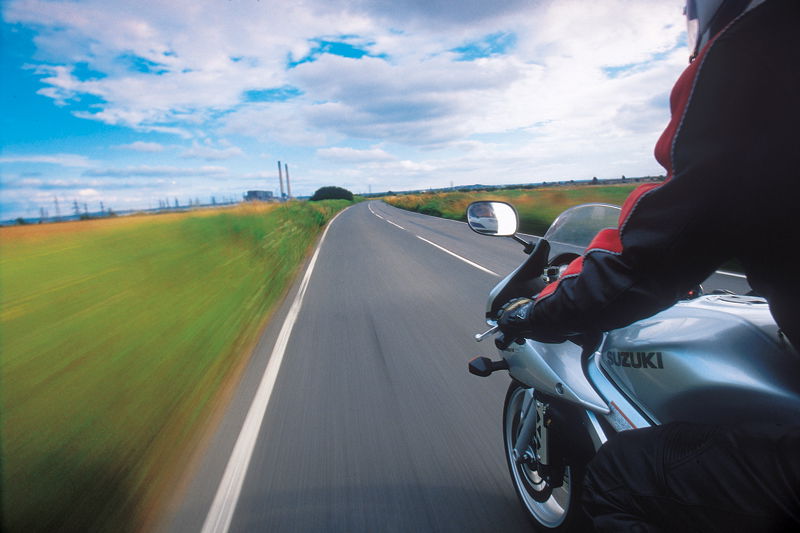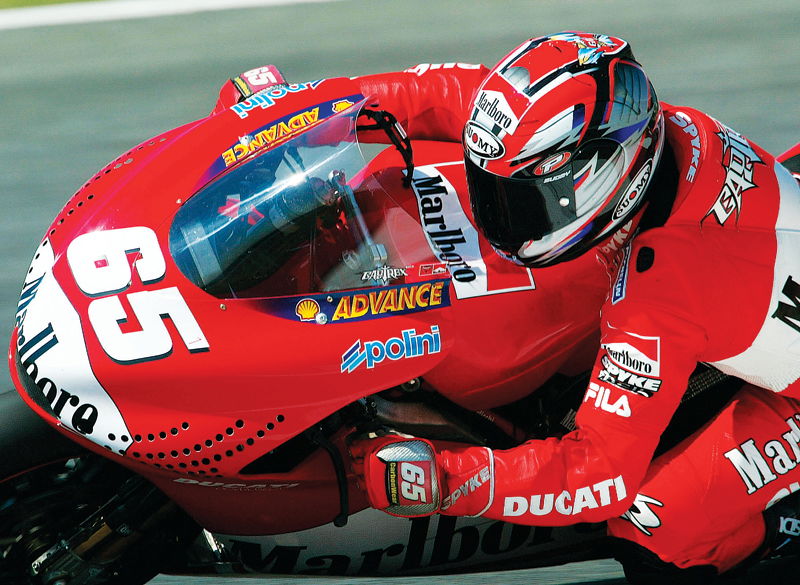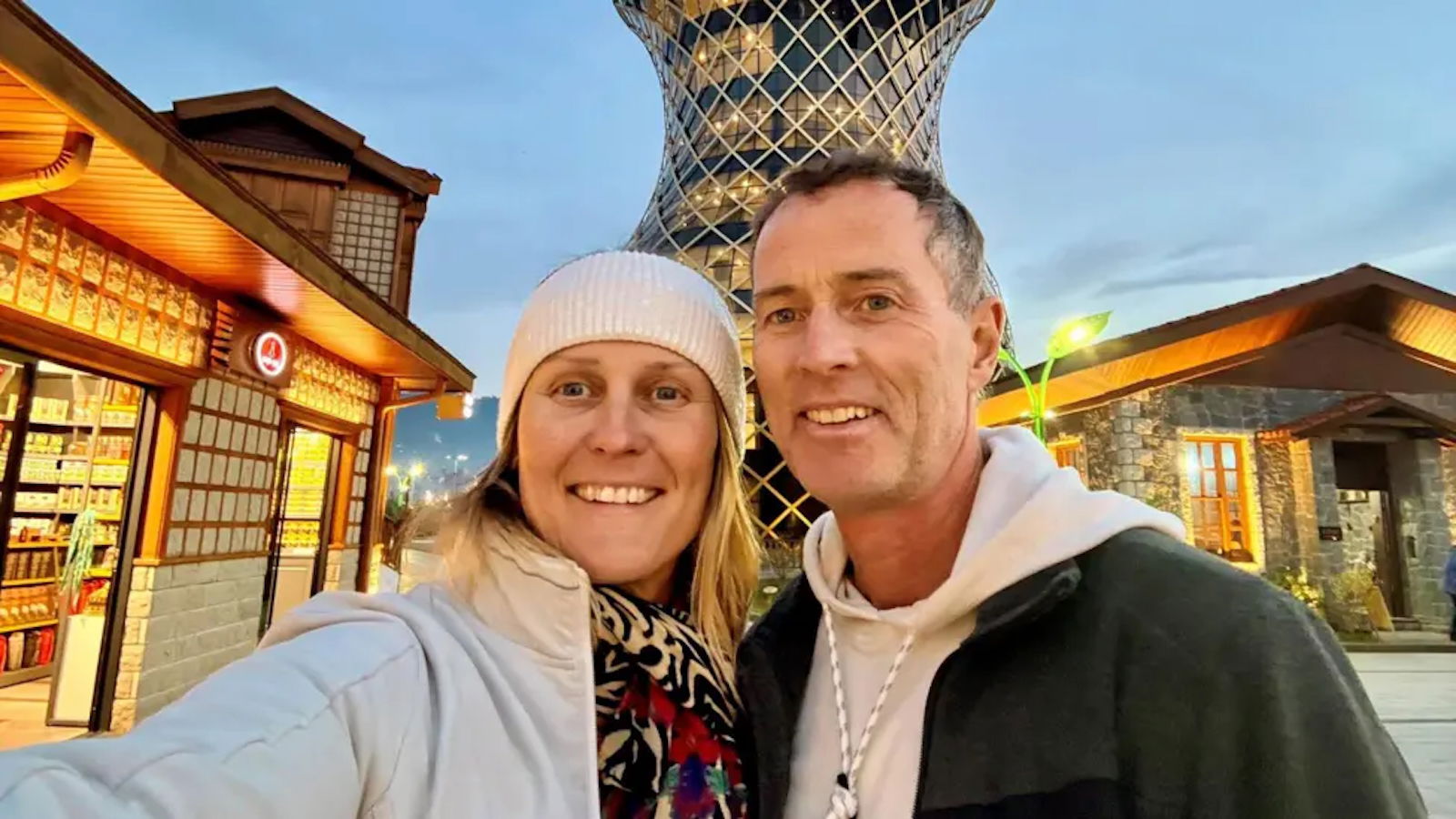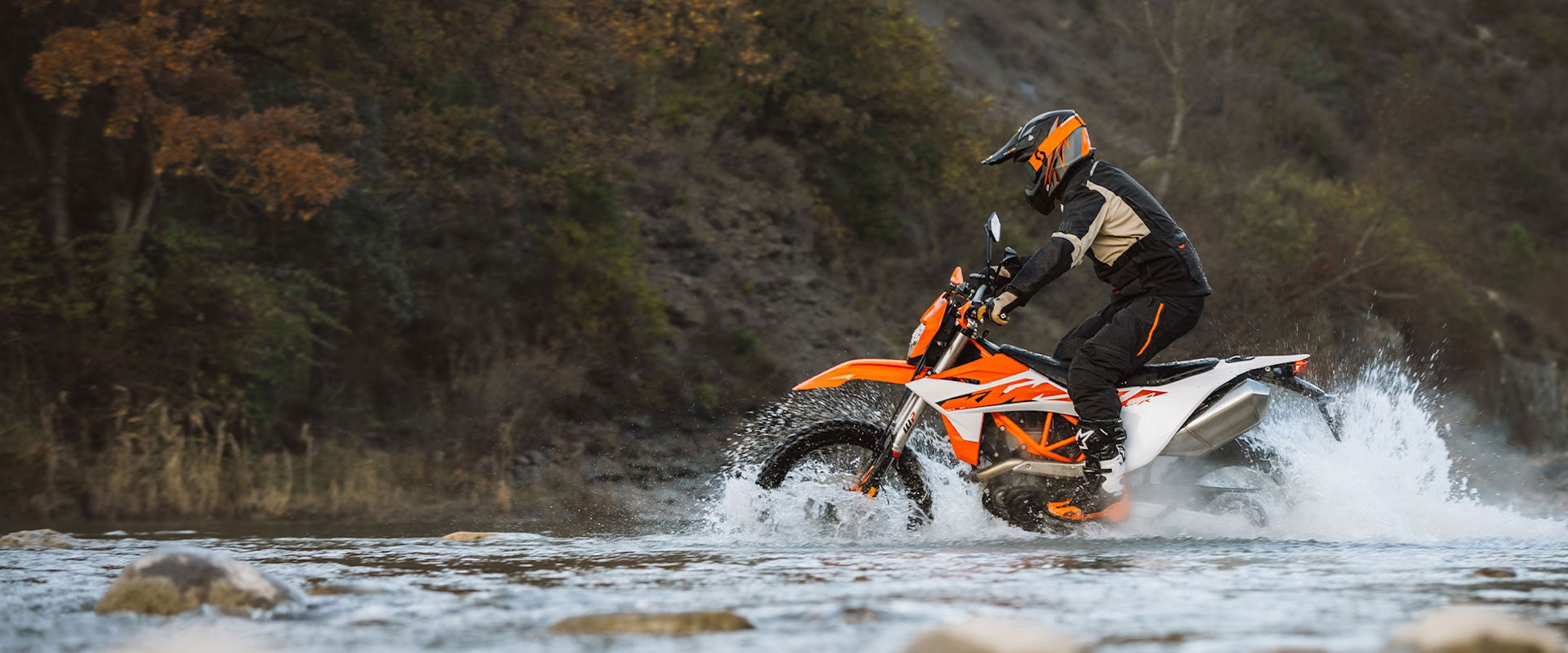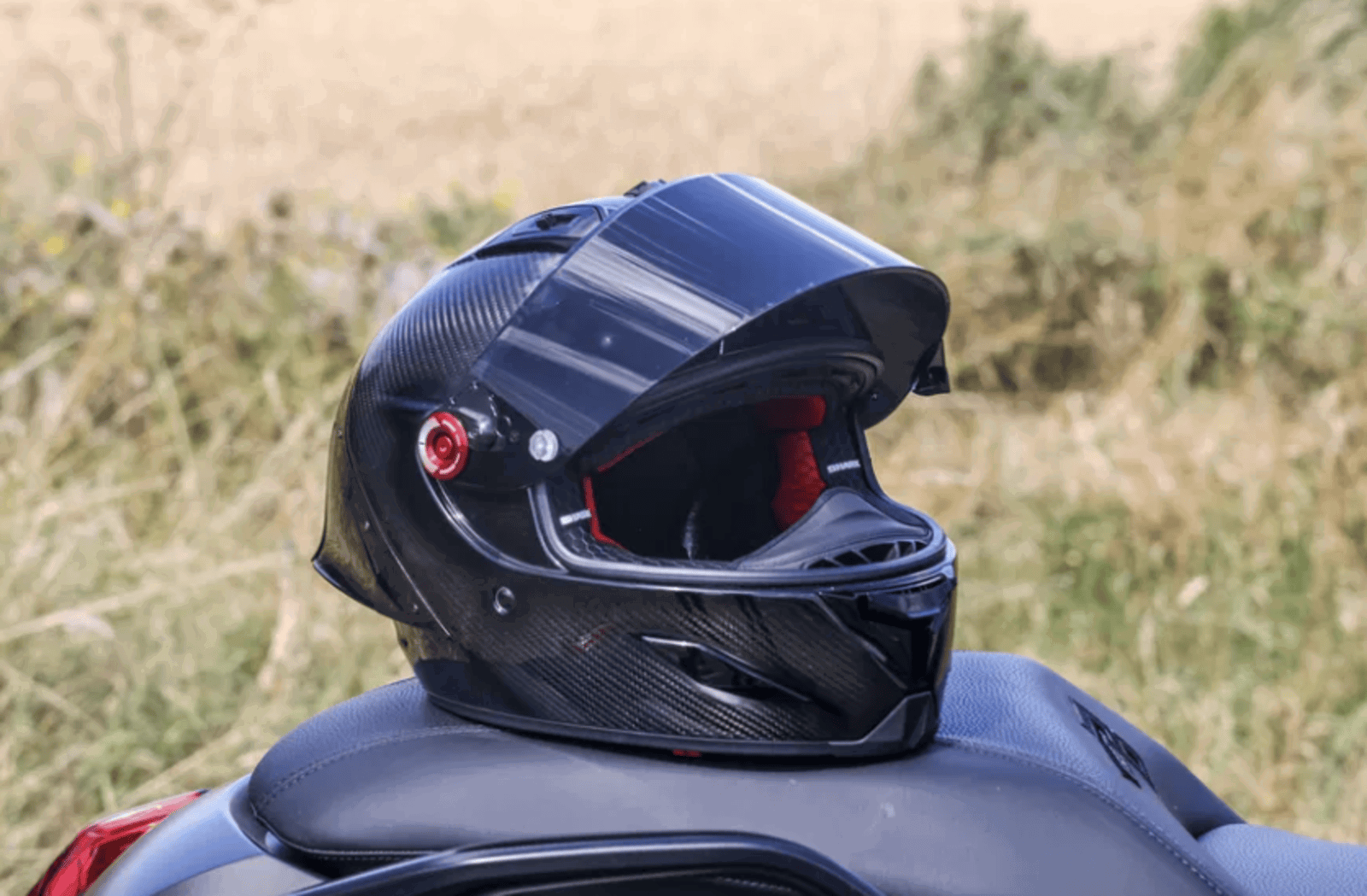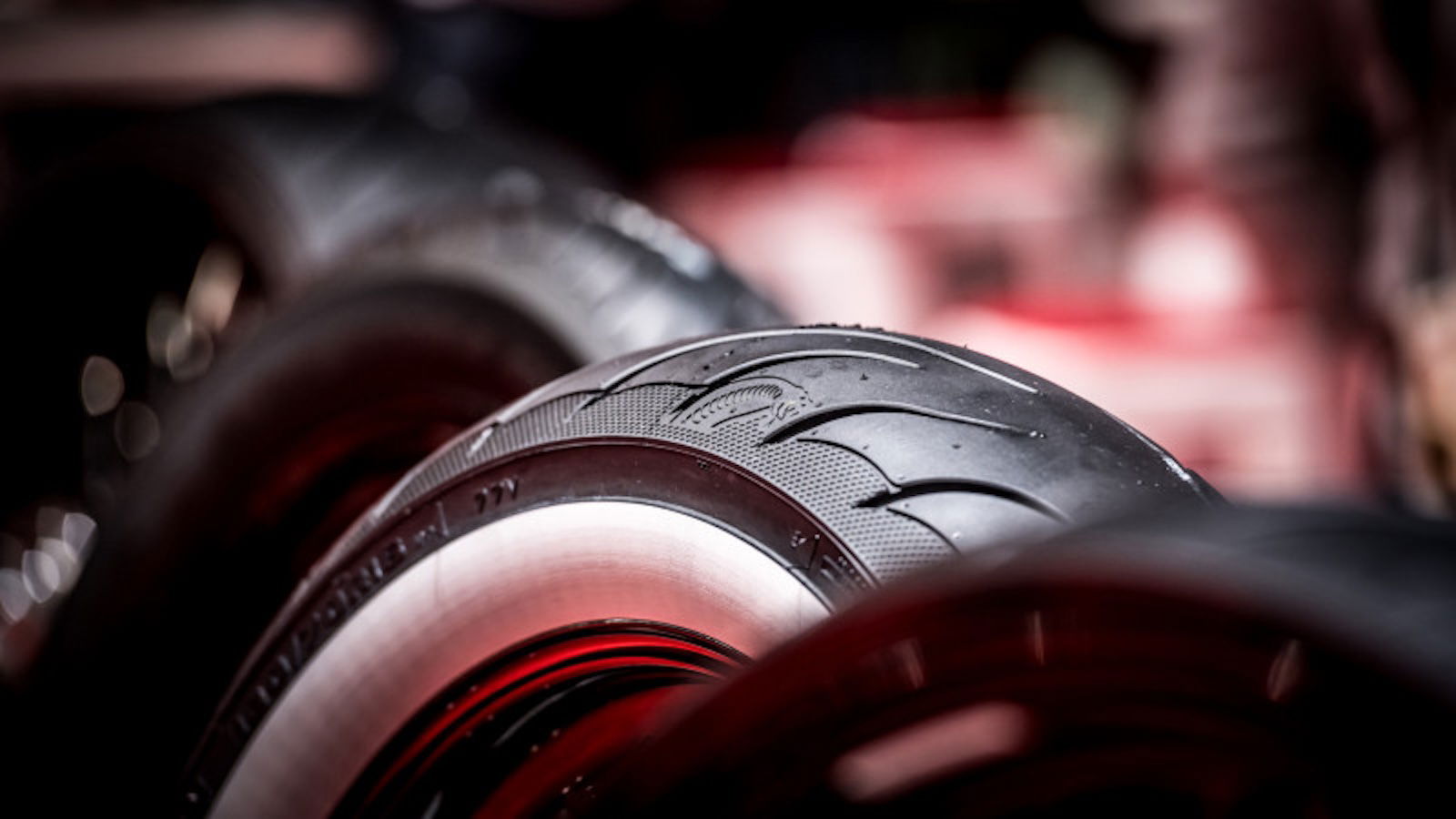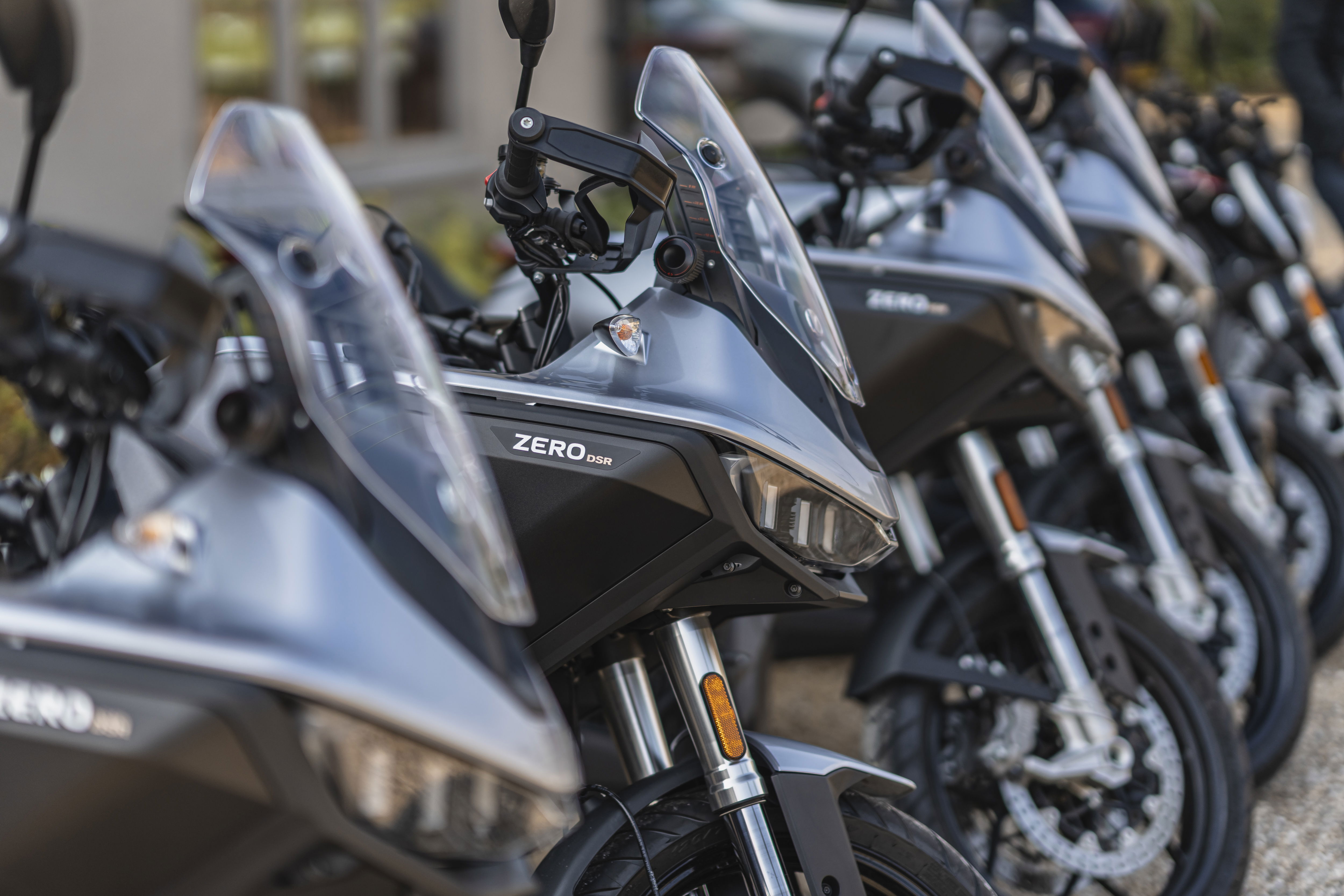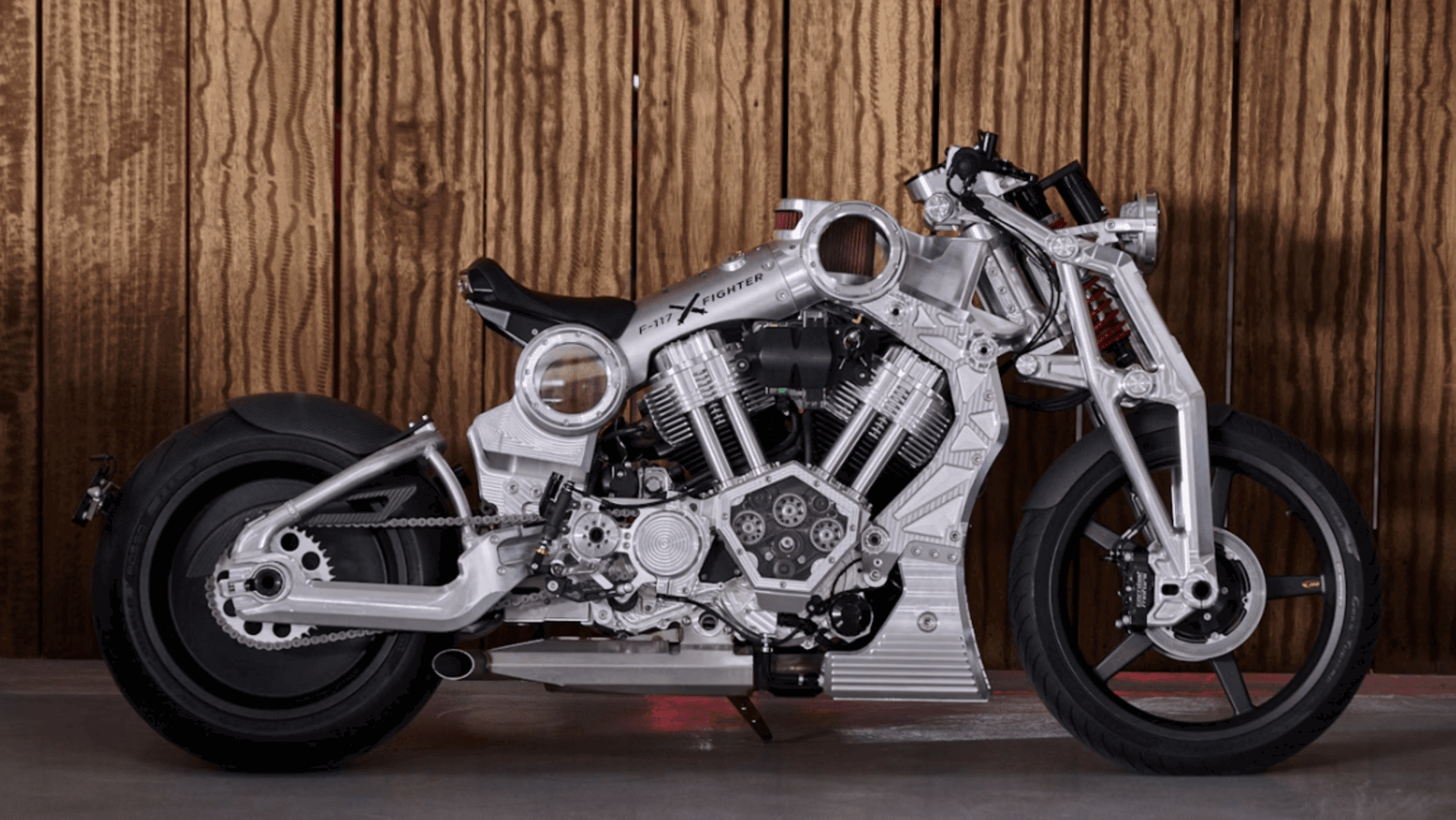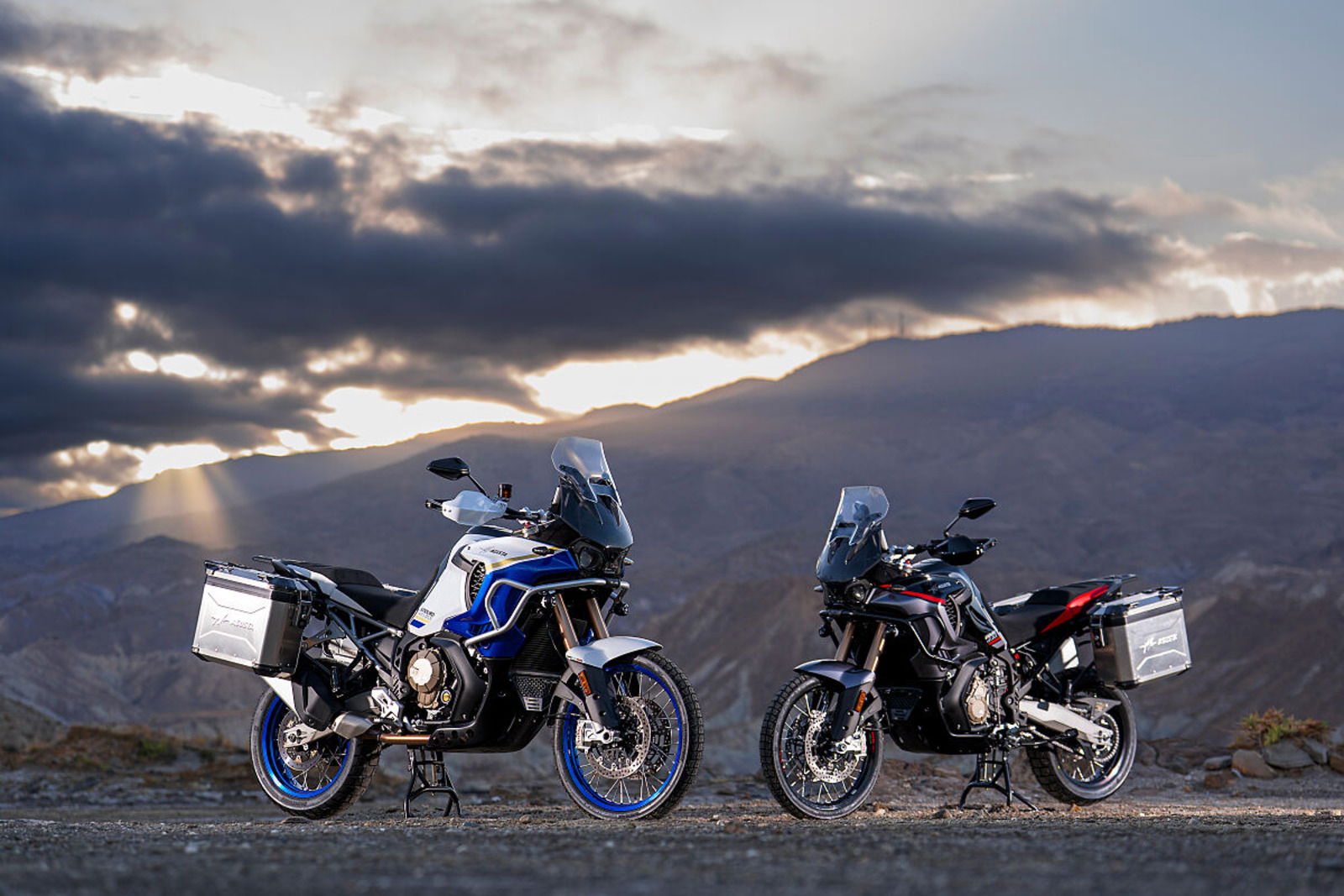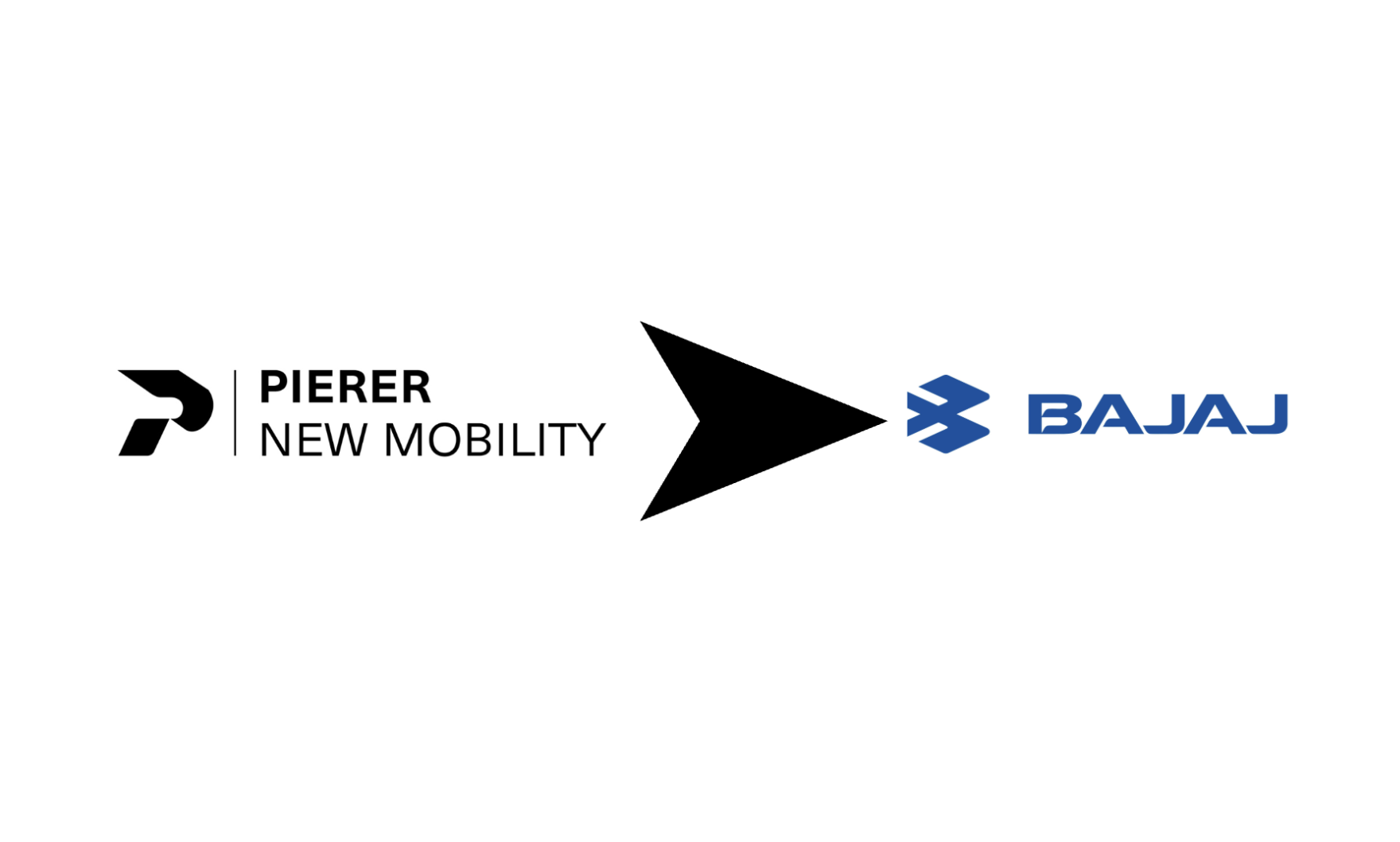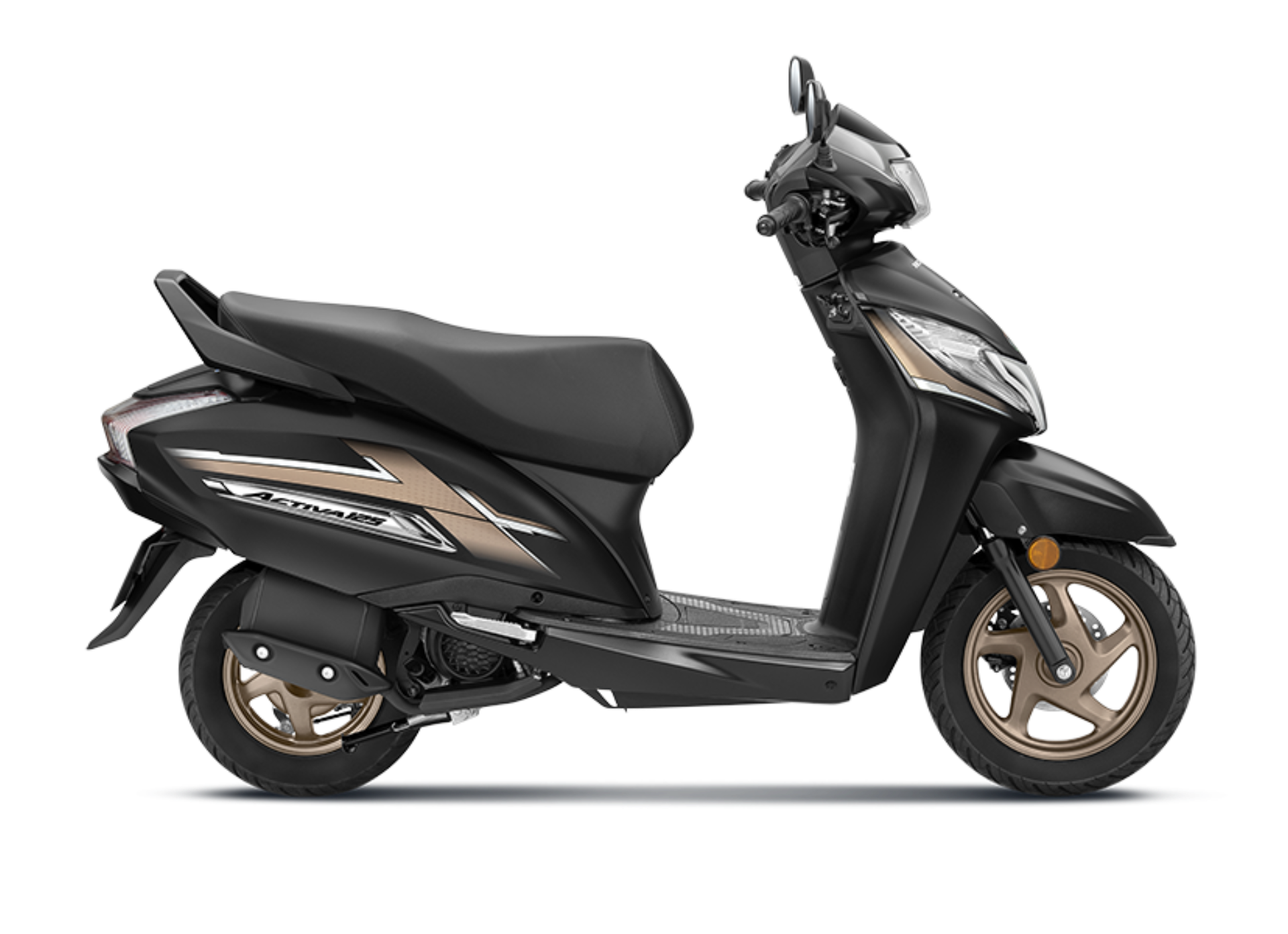California Superbike School Supermoto review
You put your left leg in, rear wheel out, in, out, in, out, slide it all about. And that's what supermoto is supposed to be all about...

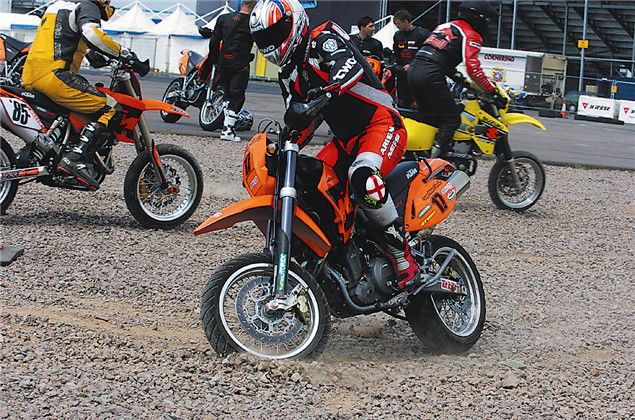
Right, the photographer's on this corner, concentrate, let's make this a biggie. Yep, he's aiming the camera at me. Dump the clutch, oh yes here we go, it's sliding, go on... go on... hang on... that's a bit too far... uh oh... bugger. I'll just lie down for a while.
Supermoto. What's it all about then? The general consensus is that supermoto started off in America in the late 70s when the Yanks devised a made-for-TV race series called Superbikers, combining several bike sport
disciplines in an easy-to-swallow package for their brain dead audience. The series was spotted by the French, who ripped the idea off, translating 'superbiker' into 'supermotard'.
In France the whole supermotard scene exploded, and soon car parks were filled with modified 'crossers and trucked-in mud. So why is it so popular in France? Simple. The French are show-offs, and what's more spectacular than a bike sliding into a corner?
Which is what supermoto - as it's now called over here - is all about. It's a spectacle, a show and, let's be truthful here, it looks ace. Backing it in is now well established as the new kneedown, I'm assured.
But learning to back a bike in to a corner is far harder than getting your kneedown. Kneedown is all about confidence and is hard to get wrong; backing it in requires some skill, and preferably someone else's bike to bend.
Which is where the California Superbike School comes in. More commonly known for its road racing schools, the supermoto school follows the same routine of classroom theory sessions followed by on-track application.
After a quick zip around the track (during which I got black-flagged for getting my knee down) to get a feel for the bike and riding position, it was into the classroom.
First lesson of the day was backing it in, which was a bit of a surprise but that's the main reason everyone was there. The theory of backing in is to select the gear you want for the corner on the approach, brake hard, dump the clutch and glide gracefully sideways towards the apex. I assumed the rear wheel was locked when you backed it in, but according to the instructor it's still turning - albeit more slowly than the front - because the gyroscopic forces created by it balance the bike while it slides. Just whacking the rear brake on will lock the rear but the slide isn't as controllable and is more likely to punt you off when it grips.
Out on the tarmac again the instructors set up cones as makeshift apexes and pupils got a chance to try sliding. Aiming at the cone I let the KTM rev out in second, dipped the clutch, braked hard, slammed it into first and let the clutch out again. Rather than the graceful slide I was expecting the bike chattered, juddered and bounced its way to the cone as the rear hopped around like a Mexican jumping bean. Not quite what I was expecting. A few more failed attempts and the instructor explained what I was doing wrong.
The chattering is caused by the rear locking, skidding, bouncing and gripping over and over again. Part of the reason was because I was sitting too far back on the seat and putting too much weight on the rear tyre. I also needed to slip the clutch slightly. Try again.
So I did, and believe it or not the bike started sliding. The best way to describe the feeling is like being on ice; the back slides, but in a controlled way. Now, I'm no Thierry van den Bosch, but after the 20-minute session I was sliding it with confidence and hadn't fallen off. But it was only a matter of time...
Back in the classroom and the next lesson was to combine a bit of back brake with the slide. The theory was to slow the rear down with the back brake then dump the clutch; with the brake slowing the wheel down it should slide more easily and for longer.
Back on the twisty circuit and I was getting a bit cocky. It all went wrong and I was on the floor. My fault - too much rear brake and too little control, but the KTM was fine.
The next time I had enough warning to think, "Oh, another lowside, this won't hurt," before the rear gripped and highsided me into the corner. It's amazing how high the long travel suspension on a supermoto can fire you into the air, but once again both the bike and myself escaped without serious injury.
The instructor diagnosed that I was stamping on the rear brake rather than squeezing it. By locking the rear then dumping the clutch it was sliding a bit too fast and throwing me to the ground.
After lunch we were taught the theory of off-road riding on road tyres (just keep it nailed) before being let loose on the gravel. I was knackered in minutes, but the screams of abuse from the instructors encouraged me to dig deep and try harder. And fall off again.
The rest of the afternoon was spent practising on the circuit, which now included a dirt section, before a final chat and home, tired but happy. If a little sore.
The day was top fun and the instructors are a really good bunch who know their stuff, but use one of the school's bikes - KTMs in the pictures, but they'll be WR450 Yamahas by the time you read this - as it ain't worth damaging your own. The sliding takes getting used to but most seemed to be getting the hang of it by the end of the day and it doesn't hurt too much if you crash. Trust me, I know!
The school costs £199 a day with bike hire for £95. Call (01933) 224449 for more info or check out www.superbikeschool.co.uk

